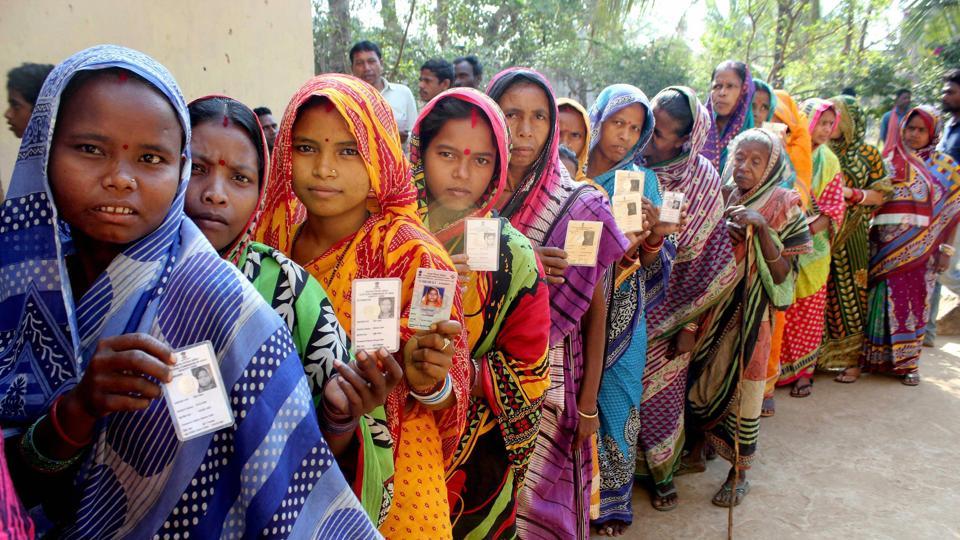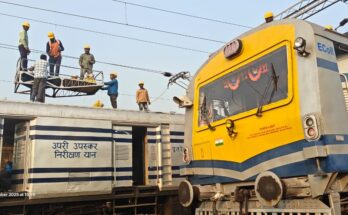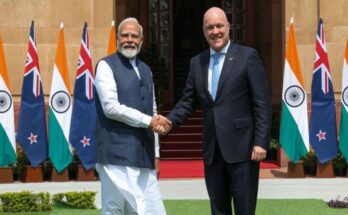Samikhsya Bureau
A surprising binary has swept Odisha in 2019 elections. Wherever you go, you will hear people saying that this time they will vote for the Biju Janata Dal for the assembly and for Bhartiya Janata Party for the Lok Sabha.
This binary was stronger in Kalahandi and Bargarh Lok Sabha constituencies, which went to polls in the phase 1 and phase 2. It was also visible in many other Lok Sabha constituency areas like Puri, Bhubaneswar and Cuttack.
But the moot question is: Can it happen at booth level. And if it happens, what will be the percentage of split voting – the same person voting for the BJD for the assembly candidates and for BJP for the Lok Sabha candidates.
The talk of split voting was heard more in urban areas than rural areas. It was also heard mostly among the youth, though at some places middle aged people too discussed about it.
It is not that such voting trend is impossible. Such phenomenon was seen in Karnataka in the 1980s when Ramakrishna Hegde and in 2014 in Delhi when people voted differently for state and general elections. But there, both the elections were not held simultaneously like in Odisha.
When the elections are held simultaneously, split voting pattern for assemblies and Lok Sabha may be possible if the contesting parties have equal capability at the polling booth level. But in Odisha, one has to admit that the BJD has better organisational strength to bring the voters to the booth to vote for the party. In such cases, split voting may be 10 per cent, or at best 20 per cent, while rest of the votes will be one-sided.
A case in point is Kalahandi, where there was a remarkable ‘Modi wave’ before the elections. But the feedback after the election may not very encouraging for the party because the BJD’s cadre base worked overtime to deflect it and make the voting pattern one-sided in their party’s favour.
Only the results will show how much split voting has affected the elections?




